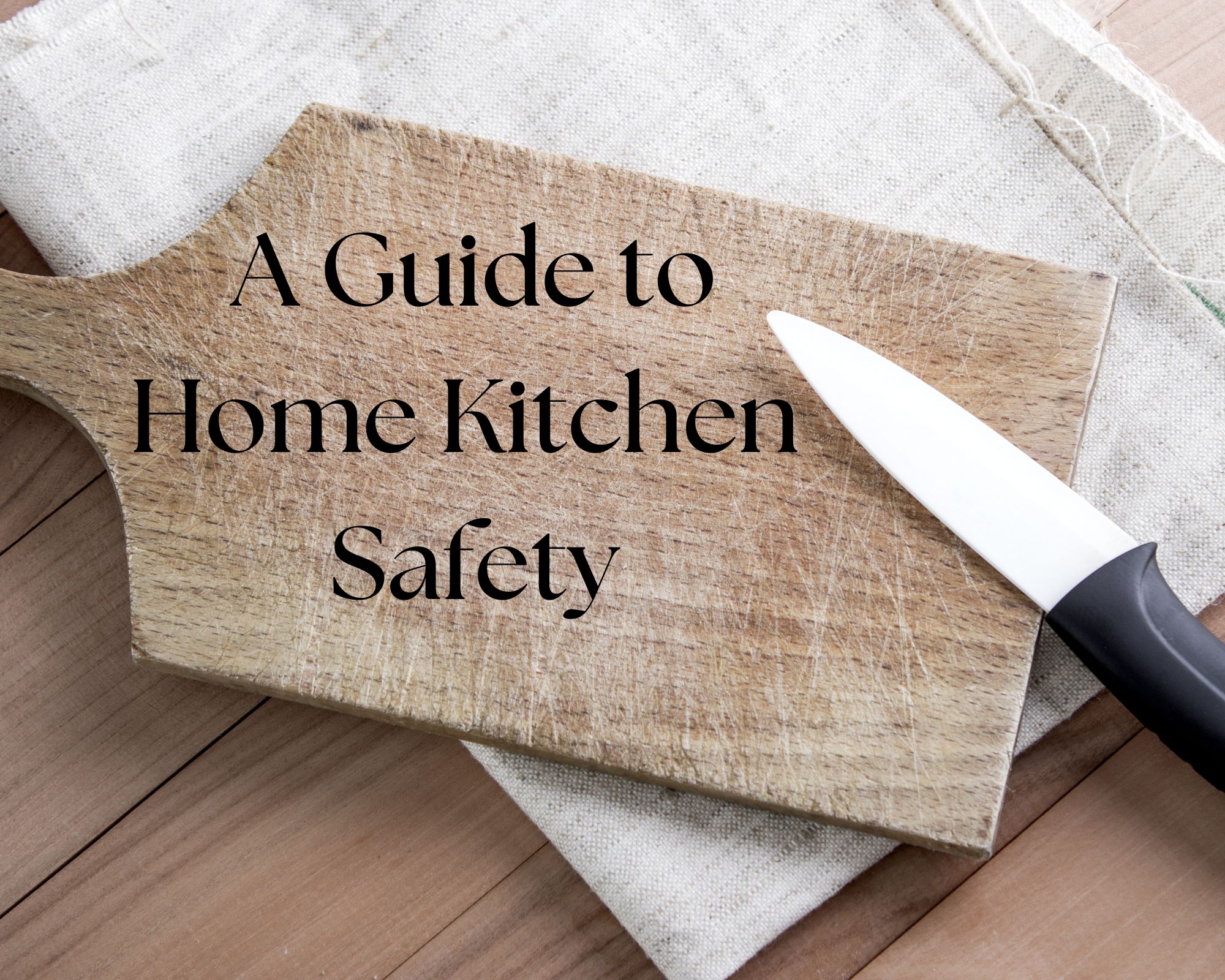Foodborne illnesses are sneaky culprits in kitchens. Hate to say it, but harmful bacteria have a way of lurking on and in all sorts of surfaces, nooks and crannies, from your sink and refrigerator handles to your chopping boards, knives and hand towels — only, though, if you don’t get to them first.
That begs the question: how do we get to them first?! Let’s break it down.
Boards, Boards, Boards
Just like the red, yellow and green indicators on stop lights, you may or may not know that there’s a universal color code system in commercial kitchens when it comes to chopping boards to prevent cross-contamination. Red boards are typically used for cutting raw meat; yellow for raw poultry; blue for fish and seafood; white for dairy; brown for cooked food; and green for fruits and veggies. We’re not saying you have to go out and buy multi-colored chopping boards, but at the very least, consider using a plastic board (or overlay for your wooden board) for processing raw meat and fish — and designate that specific board for meat and fish prep only.
Wooden boards — especially heavily used ones — tend to have more grooves and crevices that can harbor salmonella and other bacteria, so they’re better for veggies and cooked meats and food. Once you’re done prepping your raw meat or fish, immediately wash the board, your knife and your hands thoroughly with soap and water — do not pass go or collect $200 — and definitely don’t open a fridge door or touch any other objects. You’ll even want to use the back of your hand to get the soap out and turn the sink on (bonus points if you have automated dispensers and faucets). Then, spray and clean the area where you were working if you really want to ensure extra cleanliness. And even though you washed your plastic board with soapy water, consider running it through the dishwasher to sanitize every few uses or so. For wooden boards, wash with soapy water and consider investing in mineral oil or other specialty wood cleaner/moisturizer to keep the board clean and hydrated (and to prevent more grooves and cracks from forming).
Knives and Sharp Objects
Seems counterintuitive and you probably know this by now, but when it comes to knives and shears, the sharper the better to prevent cutting yourself! Knives should be sharp enough to cut through a piece of paper held up — dull knives make for unstable chopping (e.g., onion bulbs and other ingredients slipping out of your hands), and cause accidents. When it comes to proper knife sanitation, avoid tossing them into the sink along with your other dirty dishes. That can lead to accidental cuts later if you’re doing some washing and don’t see a sharp object hiding underneath all the suds and clutter.
To properly clean and store your knives, wash with warm, soapy water, dry thoroughly and always store in a designated knife holder or rack (avoid tossing them in a drawer; they’ll dull faster from all the jostling around and you can cut yourself if you’re grabbing around in there while working quickly).
Here’s another tip; when storing knives in a holder, position them with the sharp side on top — another way to cut down on premature dulling.
Safe Food Storage
Commercial kitchens follow a simple but efficient formula for avoiding cross-contamination in refrigerators. Always store raw meat and fish on the lowest shelf with nothing beneath it. That way, if (potentially) bacteria-laden juices drip down, they won’t do so on other raw ingredients or containers in shelves below. Store raw meats in the wrapper they are in or placed in a bowl or on a tray—it’s especially important to do this if you’re transferring frozen product from the freezer to the fridge to thaw to avoid the condensation and any juices from flowing out onto the shelf.
When it comes to condiments and packaged products, keep note of expiration dates and follow a first in, first out rule with the “older” product moved up to the front. For cooked leftovers, use them within three to four days, otherwise the risk for bacteria growth goes up. If you don’t think you’ll eat the leftovers (or if you have lots of leftover cooked rice or pasta), transfer them immediately to the freezer (when cooled) for longer-term storage. Frozen foods will last up to a year, although taste and texture might degrade after a few months.
Now that you have these important safety tools in your back pocket, your risk of contracting or spreading a foodborne illness in your home just went way down! Always let safety and sanitation be your guide when it comes to good kitchen prep and cooking.
